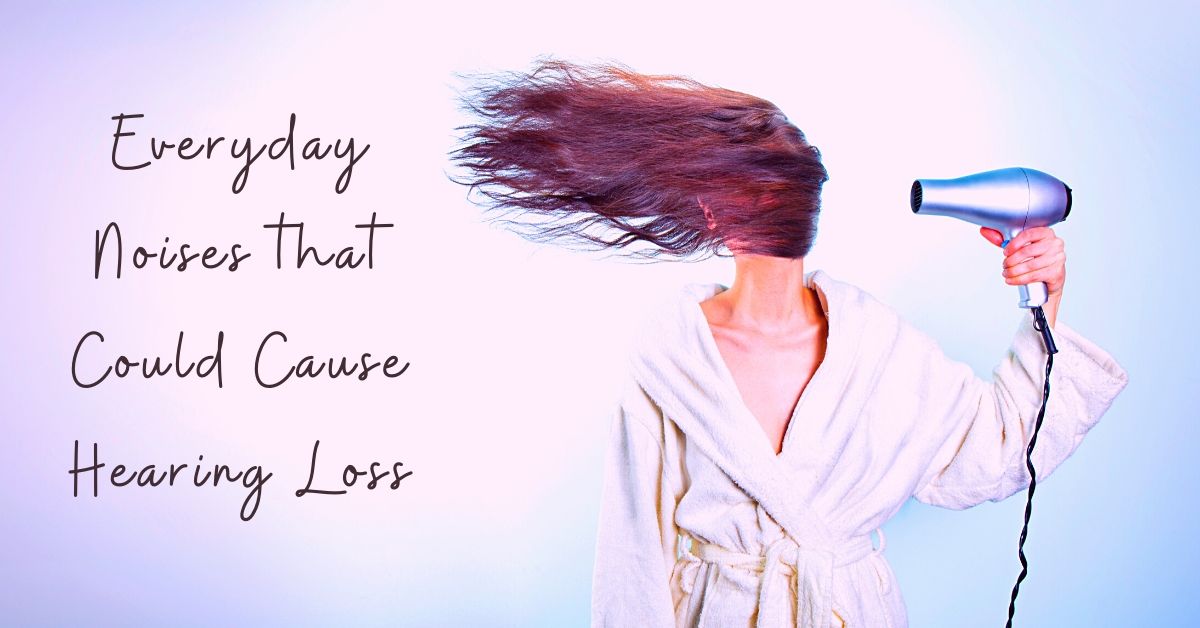The world around us is rich in sounds. We surround ourselves with sounds at home, on the street and at work. Many of us don’t realize that many of these everyday sounds can soar over safe listening levels, putting our ears at risk for permanent hearing loss.
Noise Induced Hearing Loss
While hearing loss is often thought of a problem which only affects an older population this is not the case. Noise-induced hearing loss (NIHL) can affect anyone, no matter their age. The National Institutes on Deafness and Other Communication Disorders (NIDCD) estimates that about 15% of Americans between the ages of 20 and 69 have noise induced hearing loss. When sound reaches dangerous levels, the tiny hair called cilia in your inner ear, responsible for transmitting sound to your brain can become damaged. Unfortunately once these hairs are destroyed they can never grow back, leaving you with permanent damage.
Safe Listening Levels
A decibel is a unit used to measure the level of a sound. NIHL can be caused when a sound passes a decibel level of 85 or higher. It is not only the level of a sound that can damage your ears but the length of time exposed. The louder the decibel level the faster your ears are affected. For those of us at work, we may be exposed to dangerous sound levels for eight hours or more daily. This consistent level of noise exposure can cause hearing loss if proper precautions are not taken.
Hearing Damage and Recreation
While work is one place that we are exposed to hearing loss, many people often aren’t aware of the hazardous levels of sound we expose ourselves to daily. Many people understand the dangers of some of our favorite recreational activities like loud concerts, motorboats and motorcycles. However, it might come as a shock which sounds we deal with everyday that exceed 85dB. Household devices such as vacuum cleaners and noisy air conditioners may exceed safe listening levels. Home lawnmowers, and leaf blowers generally exceed 90dB while blenders, hair dryers and food processors can reach up to 100 dB.
Personal Listening Devices
One of the most dangerous sources for hearing damage is one that affects people of all ages. It seems like almost everyone wears headphones and ear buds these days to listen to music, podcasts and to talk on the phone. However, these devices can reach decibel levels over 100, which can damage your hearing all too quickly. Of course it is not only the level of sound to be wary of. With music and sound streaming endlessly these days people tend to listen to music for hours on end, not realizing the damage they are inflicting on their ears. It is important to take breaks when listening through headphones. A good rule to remember is to keep your listening level down to 60% or lower of the potential volume to ensure that your ears stay safe.
Protect Yourself From Noise Induced Hearing Loss
It is important to know the sound level of the environments you engage with the most. If you don’t know, a good way to find out is via many Smartphone apps, which can detect the decibel level of an environment. If you don’t have access to this technology a good rule of thumb for safe listening levels is this: If you have to shout to be heard, then you most likely are at risk for hearing damage.
With the help of hearing protection you can reduce the decibel levels in your environment anywhere from 10-30 decibels, depending on the model. While most work environments will insist on using hearing protection it is up to you to recognize potentially harmful listening environments and protect yourself. Earplugs are great to carry with you wherever you go in case you unexpectedly find yourself in a place with excessively loud sound like movies and concerts. Protective earmuffs are great to use when using power tools and lawn mowers.
Deal With Your Hearing Health
If you suspect that you have a hearing loss, don’t delay in setting up a hearing test. The sooner you deal with your hearing loss the sooner you can get back to doing the things you love.

